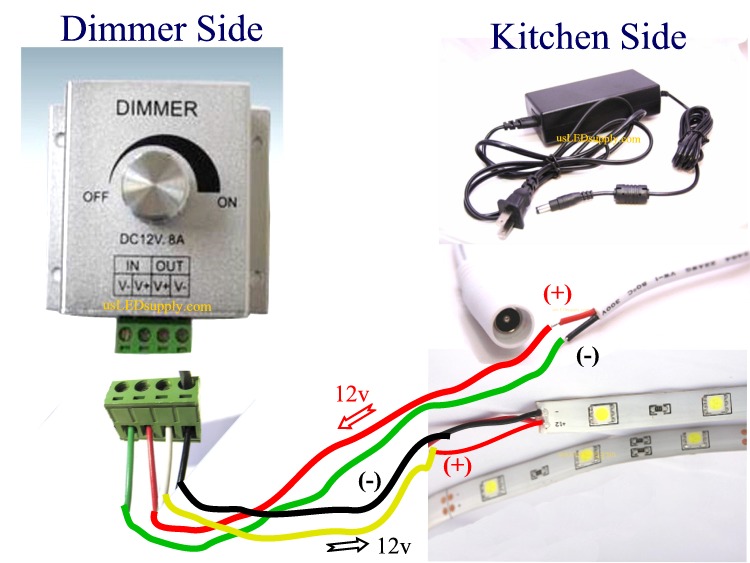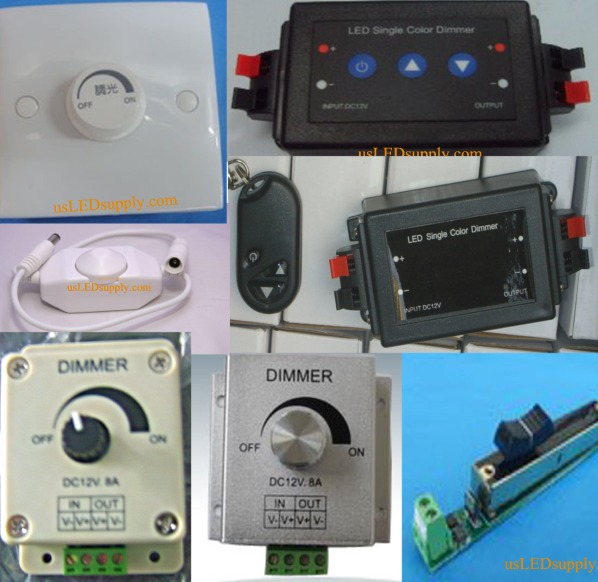Here's an update on the Utilitech lights from Lowes.
Mine listed a reduced price of just under $45.
When I got it to the register, it was reduced further (no coupon or anything). Final price $40.47
The cable disconnects from the wall wart using an RCA-jack, so you CAN pass the cable through holes (unlike the display :thinking
The wall wart has an on-off switch (little flimsy gray slide switch, hard to find but works OK once you do). Also unlike the display
The "pucks" have the connecting cords wrapped around them. To extend them closer or further away from each other, just unravel them.
Each puck installs with a single screw. Too easy!
The color is neutral/warm, they do not flicker. Great CRI to my eyes. :twothumbs
I'm using them at my computer desk, which is basically a hutch and credenza. The amount of light they throw out is PERFECT. I'm sitting here typing in complete comfort. Everything on the desk appears sharp and reading is easy, but I'm not squinting in any way.
The hutch has a single halogen two-stage light, which is set back too far. When it's on, it's too bright. The Utilitech LED's are hidden from view, just behind the lip of the hutch.
I really like these lights afterall. Perhaps they made some improvements vs. the display model, or they have a "theft resistant" display without the wall wart disconnect.
Sometimes it's worth opening up the box to see what's inside.
Bottom line, worth the current $40 price.
Mine listed a reduced price of just under $45.
When I got it to the register, it was reduced further (no coupon or anything). Final price $40.47
The cable disconnects from the wall wart using an RCA-jack, so you CAN pass the cable through holes (unlike the display :thinking
The wall wart has an on-off switch (little flimsy gray slide switch, hard to find but works OK once you do). Also unlike the display

The "pucks" have the connecting cords wrapped around them. To extend them closer or further away from each other, just unravel them.
Each puck installs with a single screw. Too easy!
The color is neutral/warm, they do not flicker. Great CRI to my eyes. :twothumbs
I'm using them at my computer desk, which is basically a hutch and credenza. The amount of light they throw out is PERFECT. I'm sitting here typing in complete comfort. Everything on the desk appears sharp and reading is easy, but I'm not squinting in any way.
The hutch has a single halogen two-stage light, which is set back too far. When it's on, it's too bright. The Utilitech LED's are hidden from view, just behind the lip of the hutch.
I really like these lights afterall. Perhaps they made some improvements vs. the display model, or they have a "theft resistant" display without the wall wart disconnect.
Sometimes it's worth opening up the box to see what's inside.
Bottom line, worth the current $40 price.








